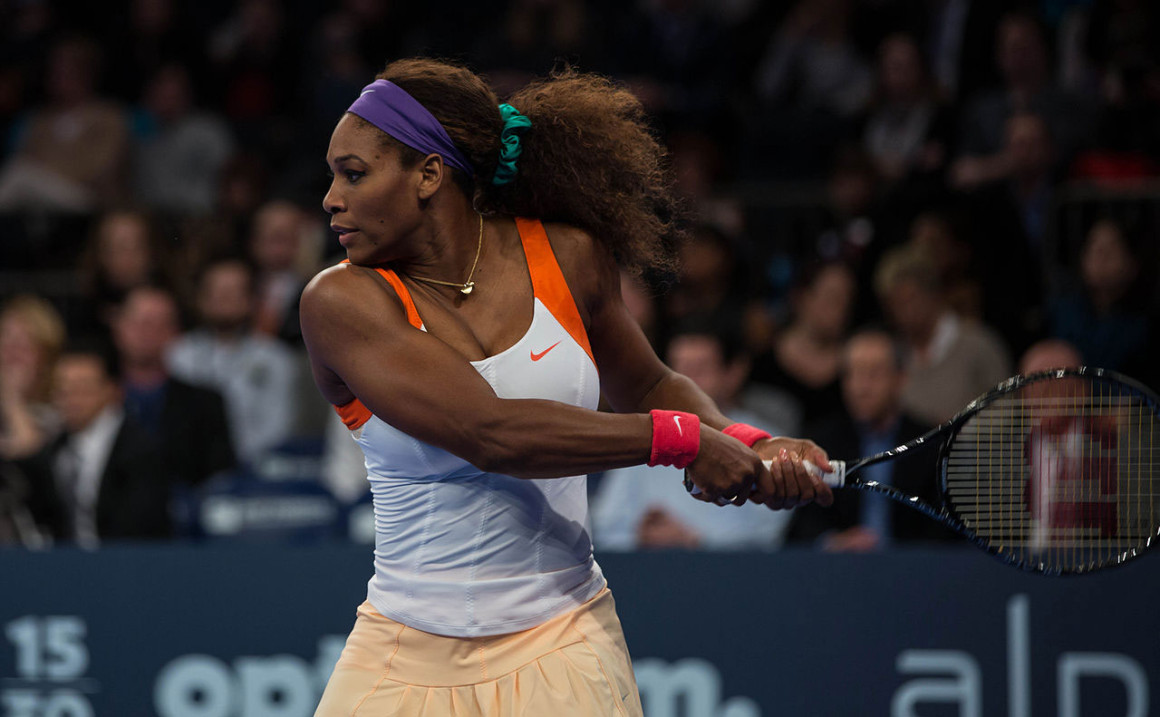
Taking ladies out of women’s professional sports
By Emilie Medland-Marchen, July 30 2015 —
Women’s high-performance sport has made great strides over the last decade, but there’s one archaic ideal that has been hard to shake — the expectation that female athletes remain “lady-like” in their pursuit of greatness.
When women were first allowed to compete in the Olympic Games, their events were dubbed “Ladies Golf” and “Ladies Tennis.” And for some reason, these names have stuck through three feminist waves.
Since then, women’s sports have made their mark on the international circuit. Although they still have a long way to go in receiving as much media attention as their male counterparts, their recognition across the world as legitimate athletic events has surged.
Yet some organizations still insist that “lady” remain part of the official name for women’s competition, leaving the world of athletics lagging behind the rest of our society when it comes to political correctness.
There is nothing “ladylike” about high-performance and professional sport. When I watch Serena Williams pound out a perfect serve at Wimbledon, I don’t see daintiness and grace. The power she competes with was developed through years of hard training and sacrifice. She hasn’t been “dainty” in her ambition to become the best tennis player in the world. Instead, Williams has been relentlessly driven, and it’s because of this that she’s one of the most dominant athletes in all of sports.
Yet many choose to focus not on Williams’ athletic success, but her body type. Her image and style of play are routinely described as manly. The power with which she plays is often noted when her image as a woman is criticized and attacked, shifting the focus away from her success and towards the ways in which she doesn’t live up to “ladylike” expectations.
This belief is the result of a sporting community that has yet to shake archaic stereotypes about a woman’s role in competitive environments. This same sporting community creates absurd expectations for female athletes. Women are asked to strive towards athletic greatness — but still remain within strict gender-based expectations.
If female athletes do achieve greatness due to athletic dominance, they’re often accused of crossing over too far into the realm of masculinity.
There is no clear-cut line. Incredible athletes like tennis player Serena Williams or Canadian bobsledder Kaillie Humphries are decried as “too masculine.”
Alternatively, competitors like tennis champion Maria Sharapova are overtly sexualized. Canadian tennis star Eugenie Bouchard was asked to twirl by a reporter on national television. Beach volleyball player Melissa Humana-Paredes recently admitted to a CBC reporter that she felt she and her teammates “do have a controversial uniform” and “are kind of on display” while competing in mandatory bikini uniforms.
It’s pretty hard to consider these constricting expectations while in the midst of competition. No high-level athlete has time to check their makeup or fix their hair.
Fans and commentators shouldn’t care about these traditional feminine markers, and yet some clearly do. Time and time again a women’s athlete’s appearance is considered before her performance.
The consequence is the degradation of women’s athleticism. We place women’s athletic excellence in a very narrow box and give it second billing to an unavoidable athletic beauty contest.
I’ve had many a coach in my athletic career refer to me and my teammates as “ladies.” Athleticism should be celebrated regardless of attractiveness or sexuality, and sports that female athletes compete in should simply be referred to as “women’s” events.
It’s time to take the “ladies” out of professional sports, and appreciate these women for the exceptional athletes that they are.
